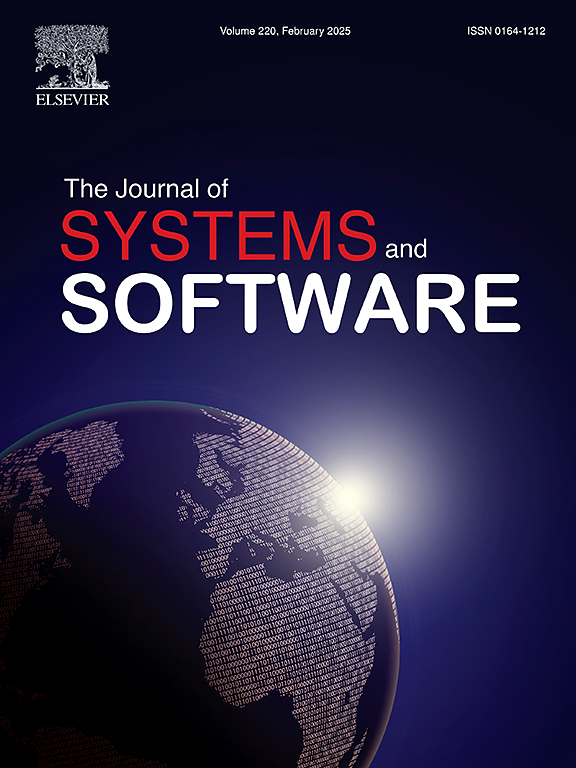Evolution of code technical debt in microservices architectures
IF 3.7
2区 计算机科学
Q1 COMPUTER SCIENCE, SOFTWARE ENGINEERING
引用次数: 0
Abstract
Context:
Microservices are gaining significant traction in academic research and industry due to their advantages, and technical debt has long been a heavily researched metric in software quality context. However, to date, no study has attempted to understand how code technical debt evolves in such architectures.
Aim:
This research aims to understand how technical debt evolves over time in microservice architectures by investigating its trends, patterns, and potential relations with microservices number.
Method:
We analyze the technical debt evolution of 13 open-source projects. We collect data from systems through automated source code analysis, statistically analyze results to identify technical debt trends and correlations with microservices number, and conduct a subsequent manual commit inspection.
Results:
Technical debt increases over time, with periods of stability. The growth is related to microservices number, but its rate is not. The analysis revealed trend differences during initial development phases and later stages. Different activities can introduce technical debt, while its removal relies mainly on refactoring.
Conclusions:
Microservices independence is fundamental to maintain the technical debt under control, keeping it compartmentalized. The findings underscore the importance of technical debt management strategies to support the long-term success of microservices.
求助全文
约1分钟内获得全文
求助全文
来源期刊

Journal of Systems and Software
工程技术-计算机:理论方法
CiteScore
8.60
自引率
5.70%
发文量
193
审稿时长
16 weeks
期刊介绍:
The Journal of Systems and Software publishes papers covering all aspects of software engineering and related hardware-software-systems issues. All articles should include a validation of the idea presented, e.g. through case studies, experiments, or systematic comparisons with other approaches already in practice. Topics of interest include, but are not limited to:
•Methods and tools for, and empirical studies on, software requirements, design, architecture, verification and validation, maintenance and evolution
•Agile, model-driven, service-oriented, open source and global software development
•Approaches for mobile, multiprocessing, real-time, distributed, cloud-based, dependable and virtualized systems
•Human factors and management concerns of software development
•Data management and big data issues of software systems
•Metrics and evaluation, data mining of software development resources
•Business and economic aspects of software development processes
The journal welcomes state-of-the-art surveys and reports of practical experience for all of these topics.
 求助内容:
求助内容: 应助结果提醒方式:
应助结果提醒方式:


